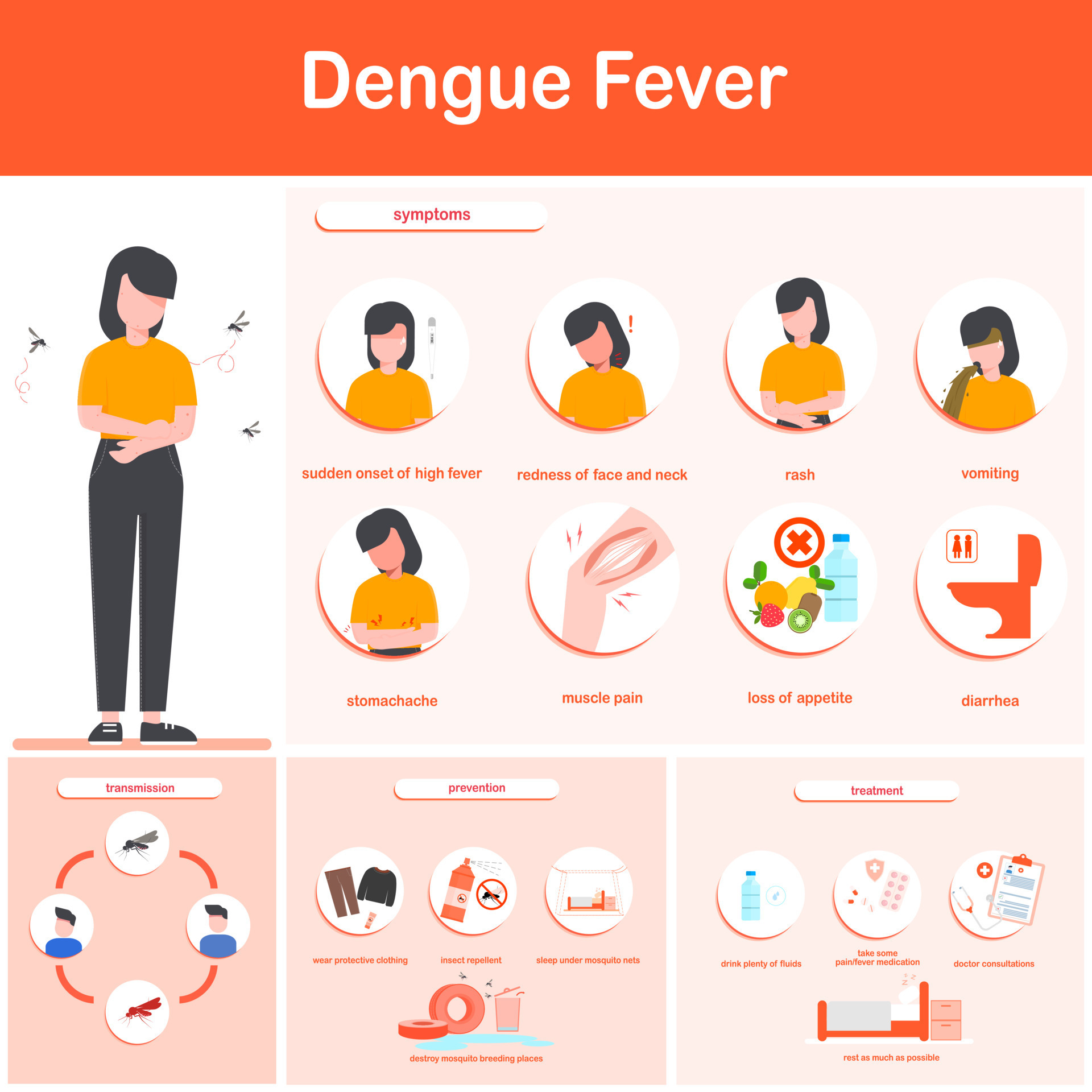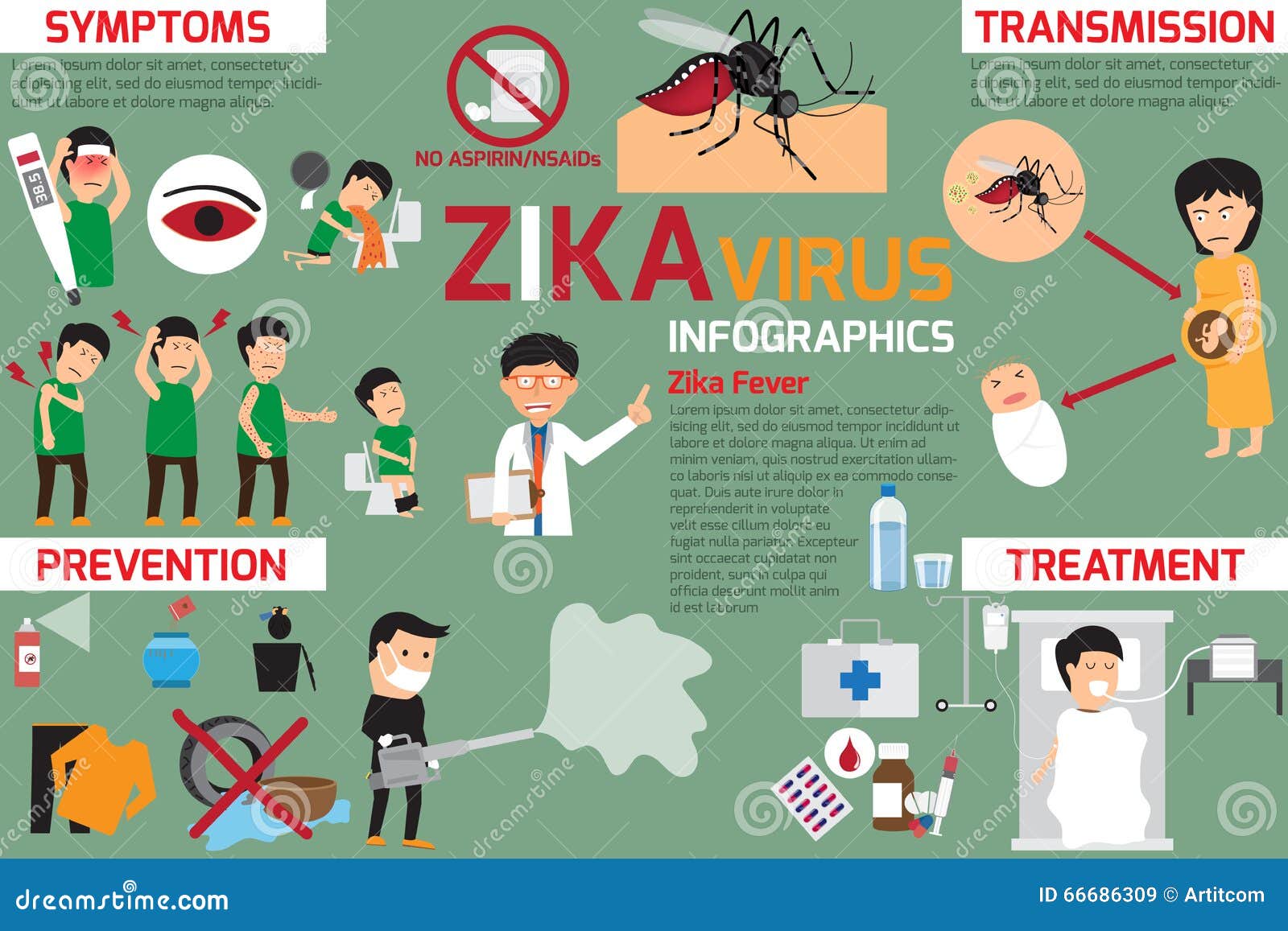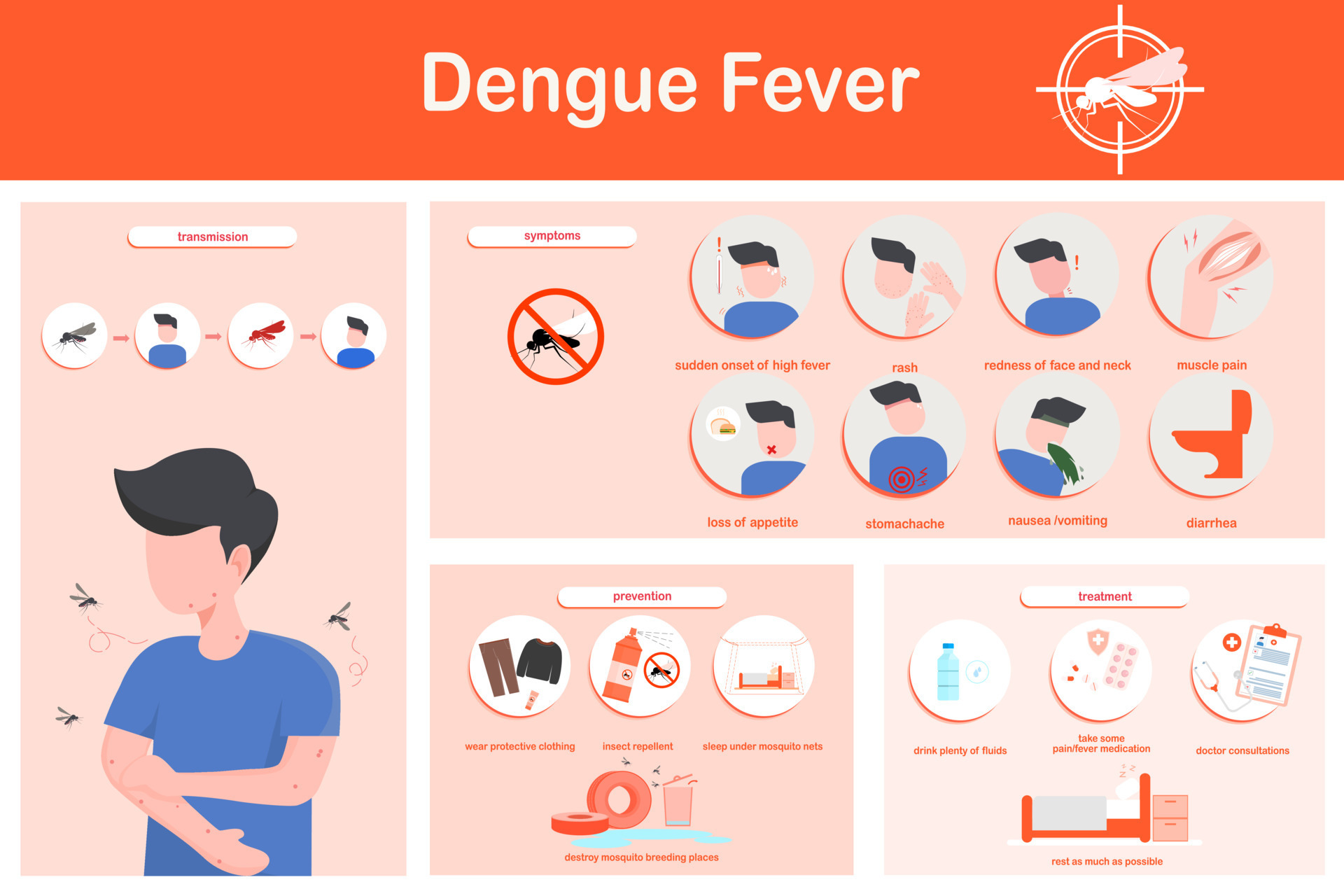Yellow Fever: Symptoms, Transmission, Prevention, And Treatment
Source: www.vecteezy.com
Yellow Fever is a mosquito-borne viral infection commonly found in tropical and subtropical regions of Africa, South America, and Southeast Asia. This disease has been a significant public health concern for centuries, causing outbreaks with high mortality rates.
Editor's Notes: "Yellow Fever: Symptoms, Transmission, Prevention, And Treatment" has published today as this topic is crucial for travelers and people living in affected areas to understand the disease's symptoms, transmission routes, preventive measures, and treatment options to protect themselves.
Our team has conducted thorough research and compiled a comprehensive guide covering Yellow Fever: Symptoms, Transmission, Prevention, And Treatment. We aim to provide valuable insights that empower individuals to make informed decisions regarding their health and well-being.
Key Differences or Key Takeaways:
| Yellow Fever | |
|---|---|
| Causative Agent | Yellow Fever Virus |
| Transmission | Mosquito bite (Aedes and Haemagogus species) |
| Symptoms | Fever, jaundice, muscle pain, nausea, vomiting, bleeding |
| Prevention | Vaccination, mosquito repellent, protective clothing |
| Treatment | Supportive care, fluid replacement, blood transfusions |
Transition to main article topics:

Vector illustration infographics dengue fever symptoms, transmission - Source www.vecteezy.com
FAQ
This section provides comprehensive answers to frequently asked questions about yellow fever, addressing concerns and misconceptions. Read on to enhance your understanding of this significant health issue.
Question 1: What are the initial symptoms of yellow fever?
The initial symptoms of yellow fever typically appear 3 to 6 days after infection and include fever, headache, chills, muscle pain, and nausea. These symptoms usually last for 3 to 4 days.

Yellow Fever Infographic Symptoms Preventions Treatment Stock Vector - Source atelier-yuwa.ciao.jp
Question 2: How is yellow fever transmitted?
Yellow fever is primarily transmitted through the bite of an infected Aedes aegypti mosquito. These mosquitoes are common in tropical and subtropical regions of Africa, South America, and Southeast Asia.
Question 3: Can yellow fever be prevented?
Yes, vaccination is the most effective way to prevent yellow fever. The vaccine is safe and highly effective, providing long-lasting protection. It is recommended for travelers to areas where yellow fever is present.
Question 4: How is yellow fever treated?
There is no specific treatment for yellow fever. Treatment focuses on supportive care, such as providing fluids, pain relievers, and monitoring symptoms. In severe cases, hospitalization may be necessary.
Question 5: Can yellow fever be fatal?
In most cases, yellow fever is not fatal. However, about 15% of severe cases can lead to organ failure and death. Prompt diagnosis and treatment can significantly reduce the risk of complications.
Question 6: Where can I get more information about yellow fever?
For additional information about yellow fever, please consult reputable sources such as the World Health Organization (WHO) or the Centers for Disease Control and Prevention (CDC).
In conclusion, understanding yellow fever and its implications is vital for safeguarding health in affected regions. Vaccination remains the cornerstone of prevention, while supportive care is essential for managing symptoms and improving outcomes.
To learn more about yellow fever and other important health issues, continue exploring our comprehensive resource.
Tips
Yellow fever is a viral infection that can cause serious illness. It is spread by mosquitoes that breed in stagnant water. The virus can cause fever, headache, muscle pain, nausea, vomiting, and jaundice. In severe cases, it can lead to liver failure and death.
There is no cure for yellow fever, but there is a vaccine that can prevent it. The vaccine is safe and effective, and it is recommended for anyone who is traveling to an area where yellow fever is present. Yellow Fever: Symptoms, Transmission, Prevention, And Treatment
Tip 1: Get Vaccinated
The yellow fever vaccine is the most effective way to prevent yellow fever. The vaccine is safe and effective, and it is recommended for anyone who is traveling to an area where yellow fever is present. The vaccine is available at most travel clinics and doctor's offices.

Zika Virus Infographic Elements. Stock Vector - Illustration of brazil - Source www.dreamstime.com
Tip 2: Use Insect Repellent
Insect repellent can help to prevent mosquito bites. Apply insect repellent to exposed skin and clothing before going outdoors. Reapply insect repellent every few hours, or more often if you are sweating or swimming.
Tip 3: Wear Long-Sleeved Clothing
Wearing long-sleeved clothing can help to prevent mosquito bites. Mosquitoes are attracted to exposed skin, so wearing long-sleeved clothing can help to reduce your risk of being bitten.
Tip 4: Avoid Mosquito-Infested Areas
Mosquitoes are most active at dawn and dusk. If possible, avoid being outdoors during these times. If you must be outdoors, stay in well-lit areas and wear long-sleeved clothing.
Tip 5: Use Mosquito Nets
Mosquito nets can help to prevent mosquito bites. If you are traveling to an area where yellow fever is present, use a mosquito net when you sleep. Mosquito nets can be purchased at most travel stores.
By following these tips, you can help to reduce your risk of yellow fever.
For more information on yellow fever, please visit the Centers for Disease Control and Prevention website.
Yellow Fever: Symptoms, Transmission, Prevention, And Treatment
Yellow fever is a potentially fatal disease caused by a virus transmitted by mosquitoes. It is characterized by fever, jaundice, and bleeding, and can lead to organ failure and death if untreated.
- Symptoms: Fever, jaundice, bleeding
- Transmission: Mosquito-borne virus
- Prevention: Vaccination, mosquito control
- Treatment: Supportive care, antiviral drugs
- Complication: Organ failure, death
- Vaccine: Safe and effective, recommended for travelers to at-risk areas
Early diagnosis and treatment are crucial for improving outcomes. The vaccine is highly effective at preventing infection, and mosquito control measures can help reduce transmission. Yellow fever is a preventable disease, and with proper measures, its impact can be minimized.

Mers-CoV Symptoms Transmission Prevention Clipart Stock Vector - Source www.dreamstime.com
Yellow Fever: Symptoms, Transmission, Prevention, And Treatment
Yellow fever, a mosquito-borne viral infection, presents with symptoms ranging from mild illness to life-threatening complications. Its significance stems from its global distribution and potential for epidemics, prompting the need for comprehensive understanding of its symptoms, transmission, prevention, and treatment strategies.

Vector illustration infographics dengue fever symptoms, transmission - Source www.vecteezy.com
The virus is primarily transmitted through the bite of infected Aedes aegypti mosquitoes, common in tropical and subtropical regions. Preventing infection involves avoiding mosquito bites by using repellents, wearing protective clothing, and eliminating mosquito breeding sites. Additionally, vaccination is a critical preventive measure, with a single dose providing lifelong immunity.
Early symptoms of yellow fever resemble those of other viral infections, including fever, chills, headache, and muscle pain. However, after a brief period of remission, severe symptoms may develop, such as jaundice, bleeding, kidney failure, and liver damage. The severity of the disease varies, with fatality rates ranging from 20% to 50% in severe cases.
Treatment primarily involves supportive care, focusing on managing symptoms and preventing complications. There is no specific antiviral medication for yellow fever, and supportive care measures include rehydration, pain management, and organ support. Early diagnosis and prompt medical attention are crucial for improving outcomes.
Reducing the burden of yellow fever requires a multi-pronged approach, including:
- Strengthening surveillance systems for early detection and response
- Expanding vaccination coverage to protect vulnerable populations
- Implementing mosquito control measures to reduce transmission
- Raising awareness about the disease and preventive measures
Conclusion
Yellow fever remains a significant public health concern, requiring continued efforts to improve prevention, diagnosis, and treatment strategies. By understanding the disease's symptoms, transmission patterns, and preventive measures, healthcare professionals and individuals can contribute to reducing its impact.
Further research is crucial for developing more effective vaccines, antiviral therapies, and diagnostic tools. Collaboration among global health organizations, governments, and communities is essential to strengthen surveillance, implement comprehensive control programs, and ultimately eliminate the threat of yellow fever.
Asteroid Impact Threat: NASA's 2032 Prediction And Mitigation Efforts, Newcastle United Vs. Fulham: Clash Of The Relegation Battlers, Anthony Kiedis: Red Hot Chili Peppers' Lyrical Enigma And Rock Icon, Lucas Alexander: Innovative Musician And Songwriter Unveiling The Power Of Music, Maranhão Vs. Imperatriz: Clash Of Northeast Football Titans, The Town 2025: A Vision For A Sustainable And Thriving Community, Semipresidentialism: A Comparative Analysis Of Power-Sharing And Accountability, Caixa Tem: The Ultimate Guide To Brazil's Digital Social Bank, Mauro Cezar: A Master Of Football Analysis And Commentary, Ivan Zimmermann: Innovative Architect With A Passion For Sustainable Design,